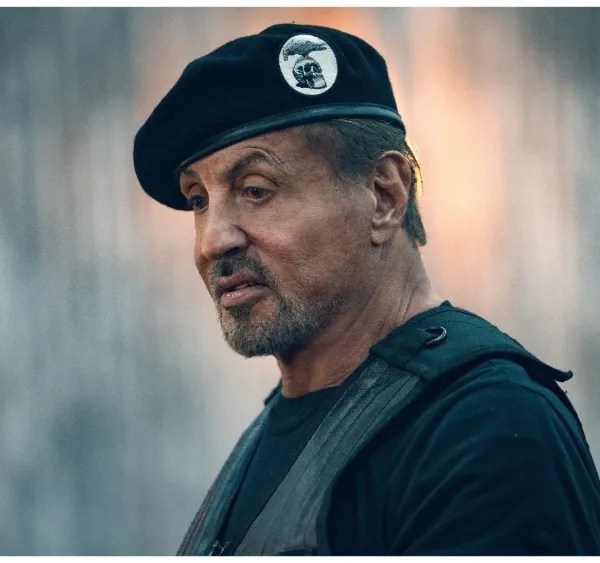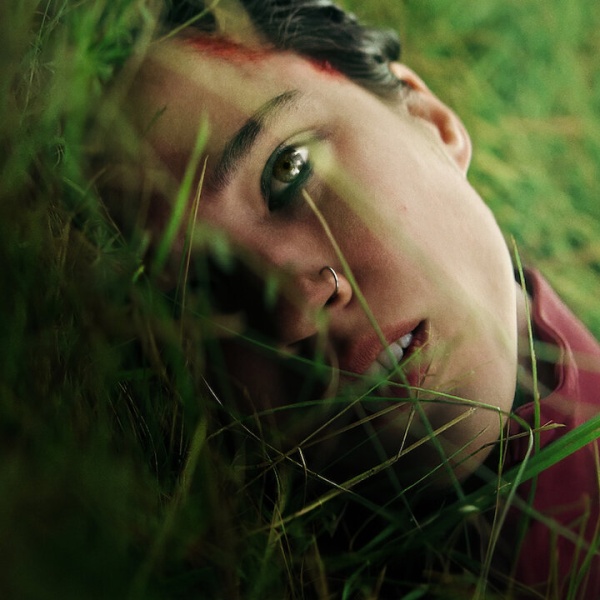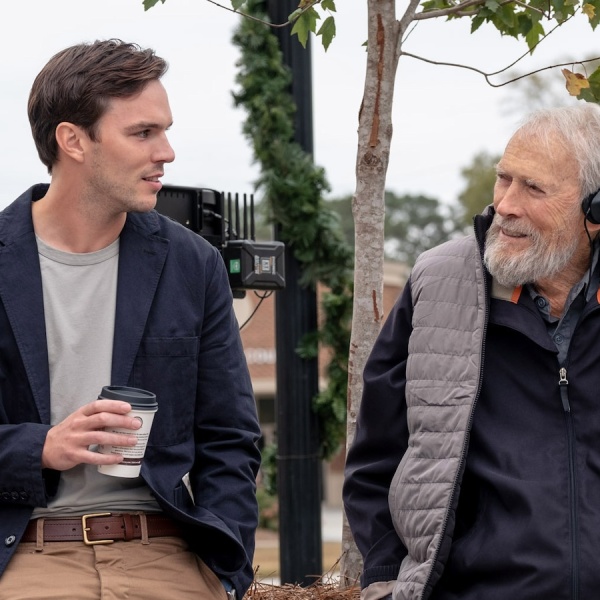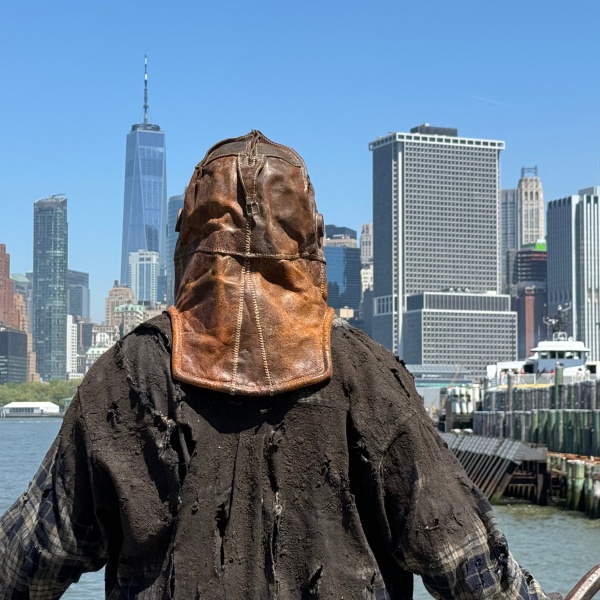Martin Scorsese‘s “Killers of the Flower Moon” opens with a flurry of images and incidents that quickly establish the world and era of the film. Moving from an Osage pipe ceremony to a slow-motion shot of characters dancing in gushing oil and then a newsreel recreation that acclimates the viewer to the historical context, Scorsese and co-screenwriter Eric Roth create one of the most immediately involving openings in recent movies. Yet according to Scorsese, a completely different prologue was initially planned.
“Eric and I originally had the idea that we should do the Oklahoma land rush,” Scorsese told IndieWire. “He had written a five- or seven-page description with beautiful vignettes, and I was going to shoot it all in one take. We had it all worked out that it would take another month with a separate unit.” Shooting the sprawling action sequence would have allowed Scorsese to pay tribute to two Westerns he admires: “Cimarron,” a 1931 film that won the Academy Award for Best Picture, and its 1960 remake directed by Scorsese favorite Anthony Mann. (The land rush was also recreated in Ron Howard’s 1992 epic “Far and Away,” with Howard and cinematographer Mikael Salomon shooting in 70mm.)
For Scorsese, the land rush was a perfect metaphor for the rampant desire for money and conquest that motivated many of the characters in “Killers of the Flower Moon.” “My thought was that it really just expressed the ethos of the time,” Scorsese said, “which is, ‘You want the land? There it is, run, take it.’ ‘There are people there.’ ‘It doesn’t matter, don’t mind them, just get rid of them. If they’re getting in the way move them, kill them, just take the land.’” The only problem is that the land rush felt a little outside of the story Scorsese and Roth were telling, an issue that became even more pronounced as the emphasis of the film shifted.
“We changed the point of view of the picture from the Bureau of Investigation coming in from the outside to a point of view that worked from the inside out,” Scorsese said. “Going with Ernest [Leonardo DiCaprio] and Molly [Lily Gladstone], we were on the ground with everybody right in the middle of all this, and we realized that in effect the Oklahoma land rushes happened too early for our story.” By more heavily favoring the Osage point of view, Scorsese and Roth moved “Killers of the Flower Moon” in a direction that made white settlers scrambling for land feel like an incongruous way to open the picture, and a potentially classic Martin Scorsese set piece never materialized. Thankfully, the combination of elegy and energy that opens the film as it exists makes for equally striking filmmaking, and the perfect introduction to a great American epic.





